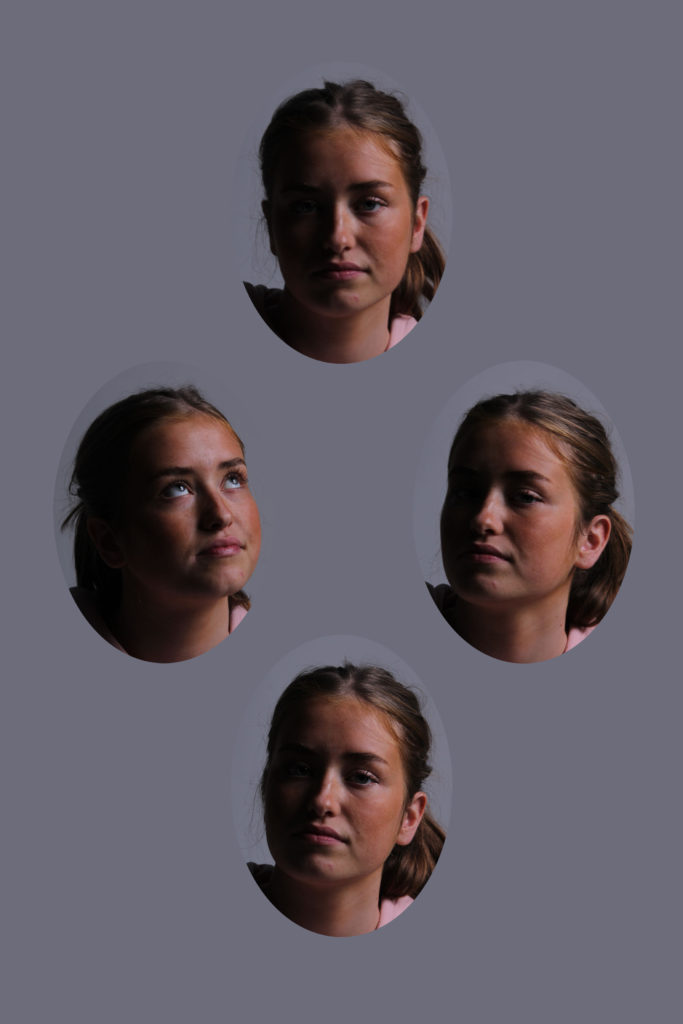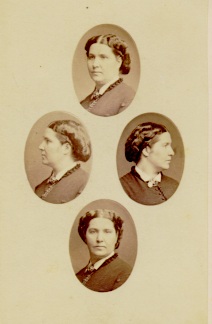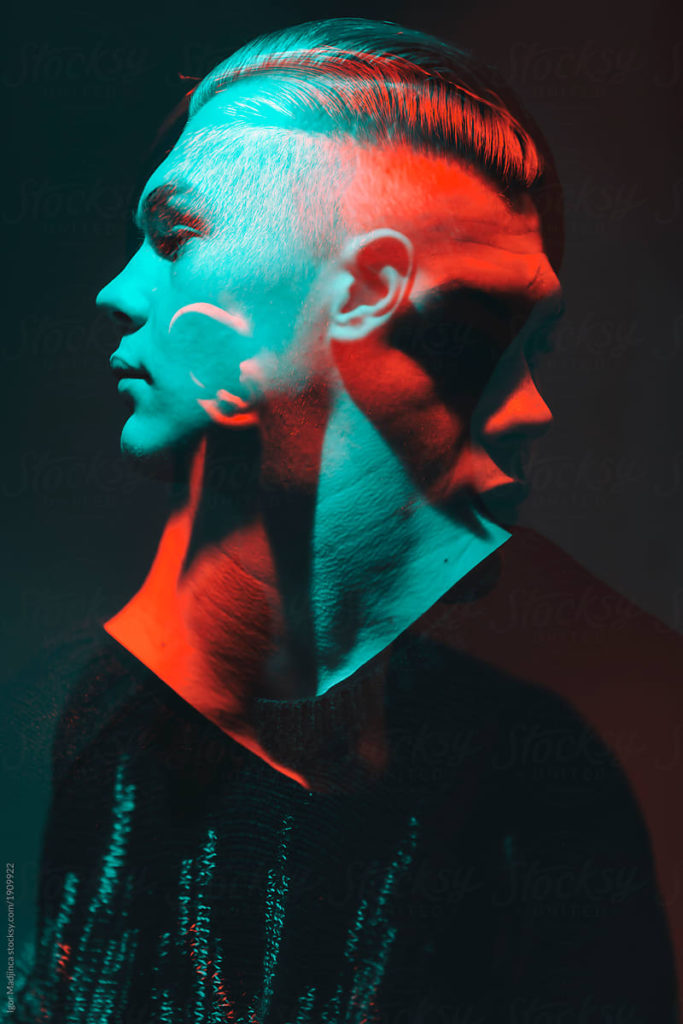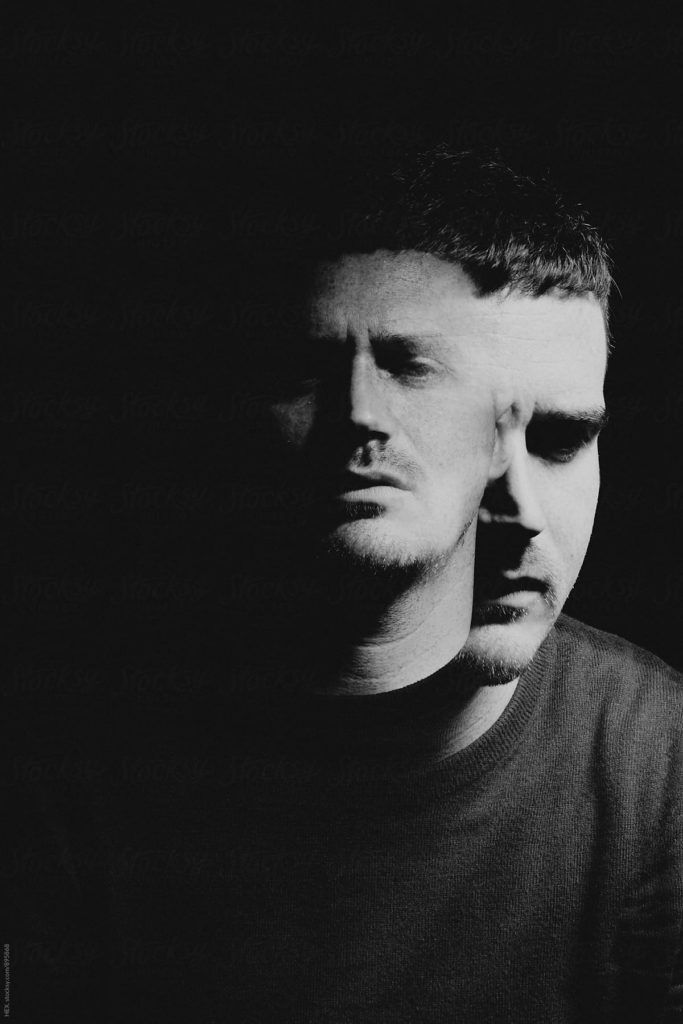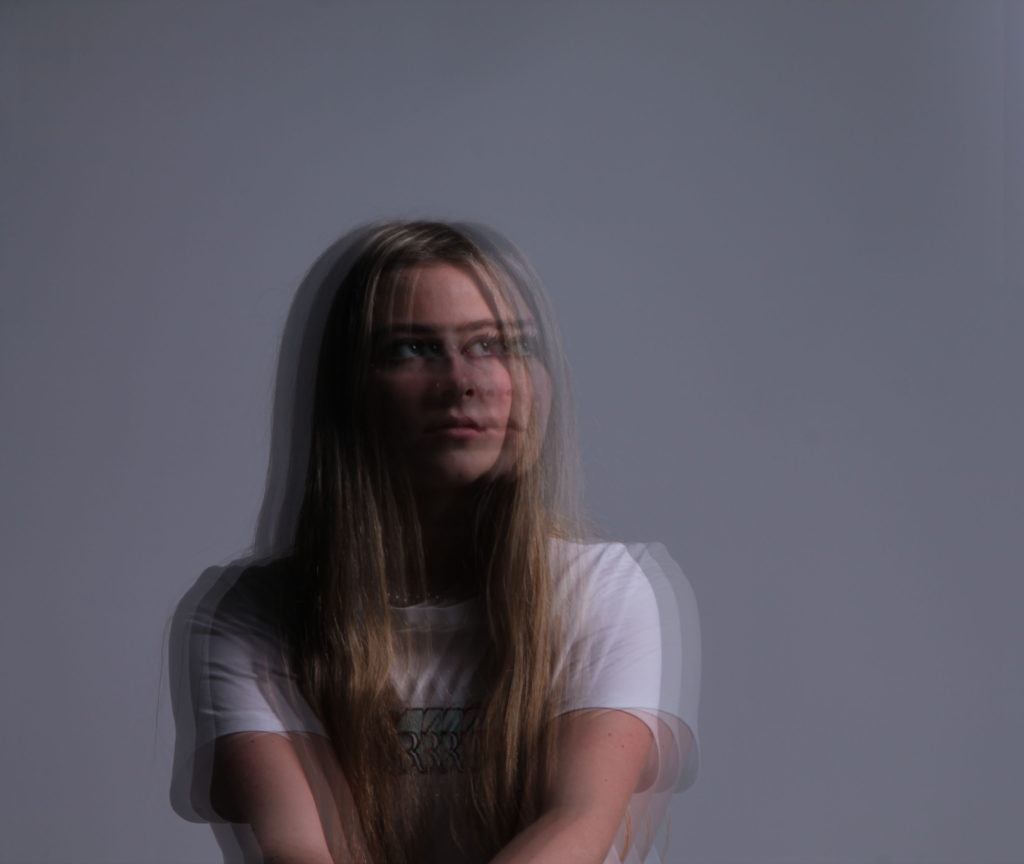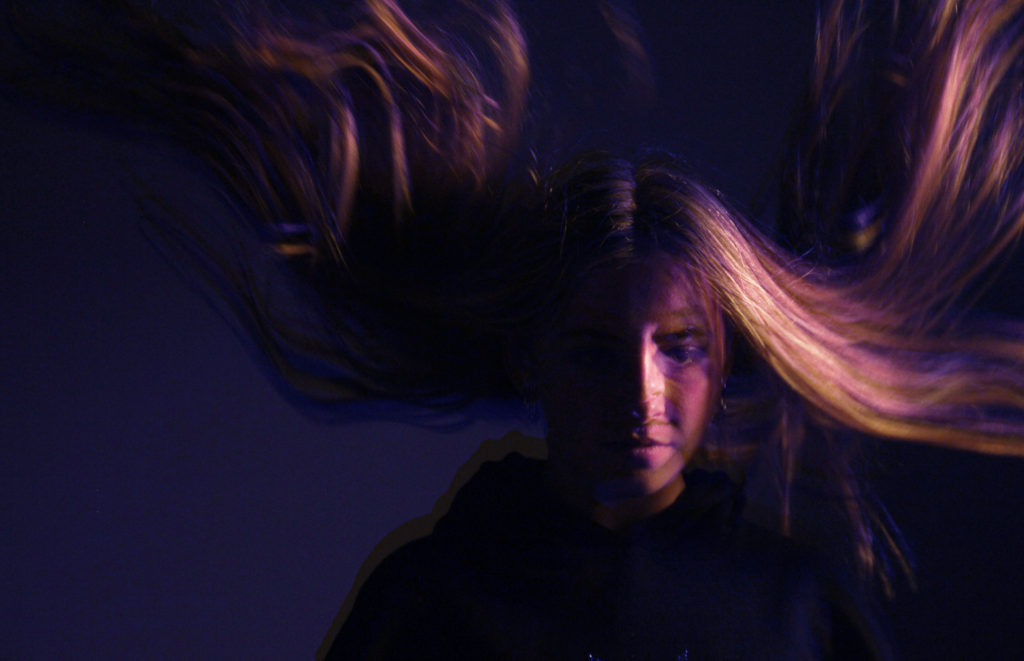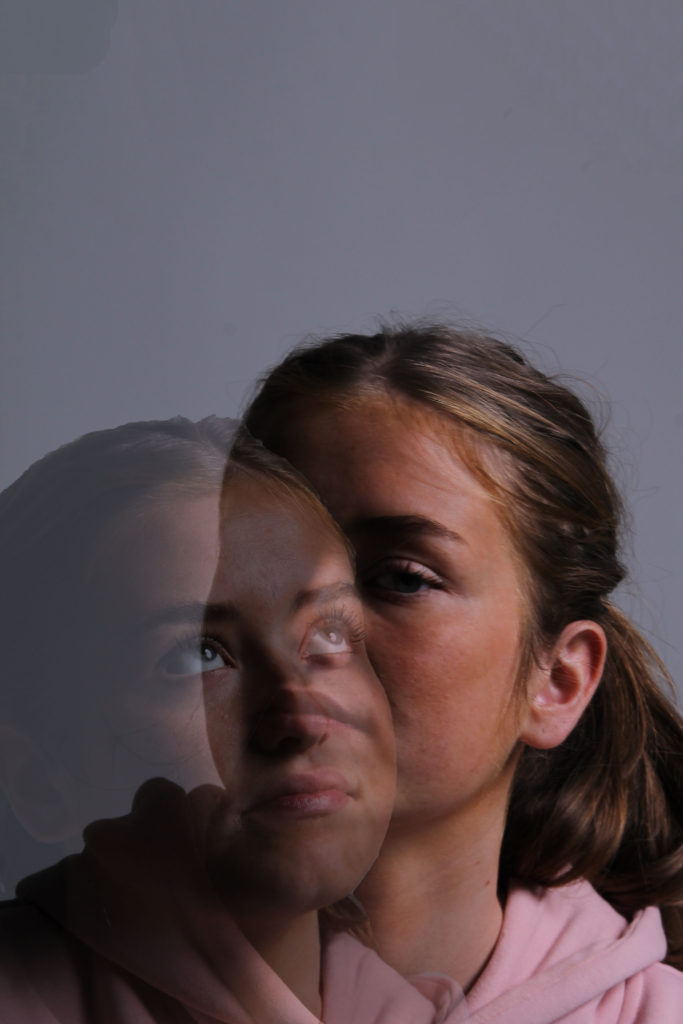
I used the Flagging system in Adobe Lightroom to select the best portraits I took. From the flagging system I then edited the portraits in Lightroom and then Photoshop if needed.
I used a before and after view in Lightroom to portray the changes I made to the portraits to make them look more effective
Favourite Portraits taken
These portraits show a before and after image once they have been edited in Lightroom
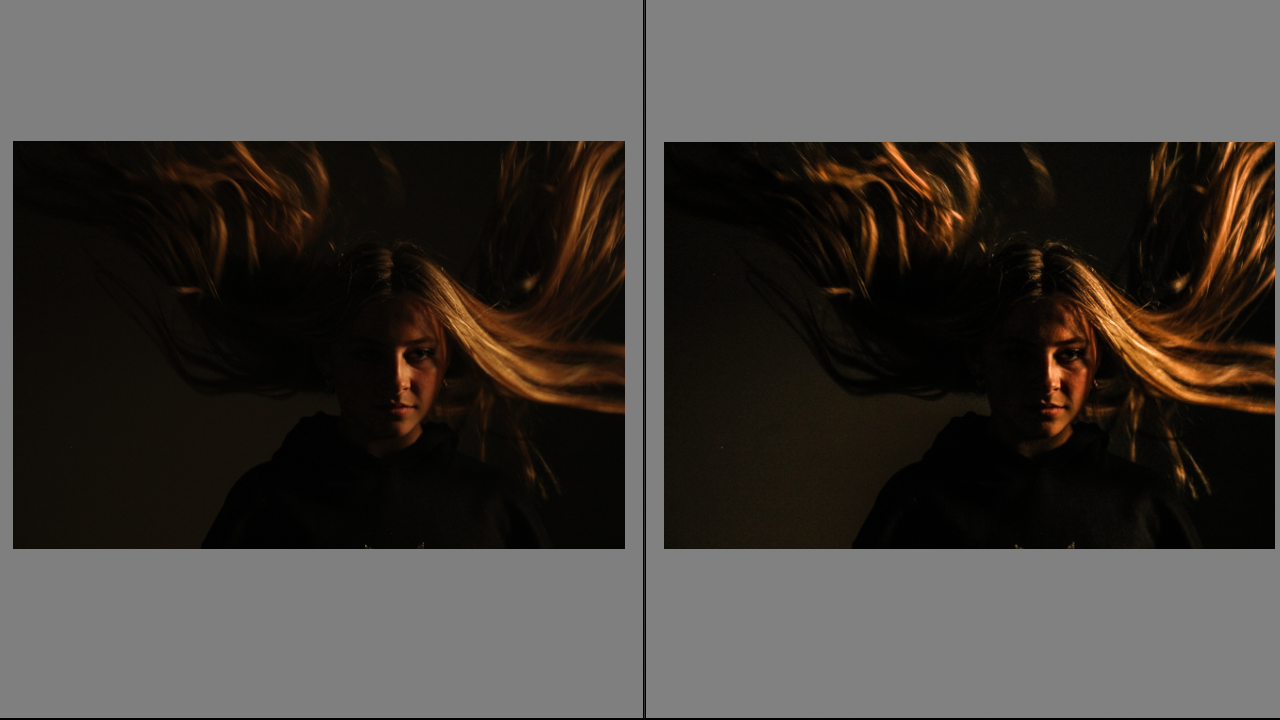
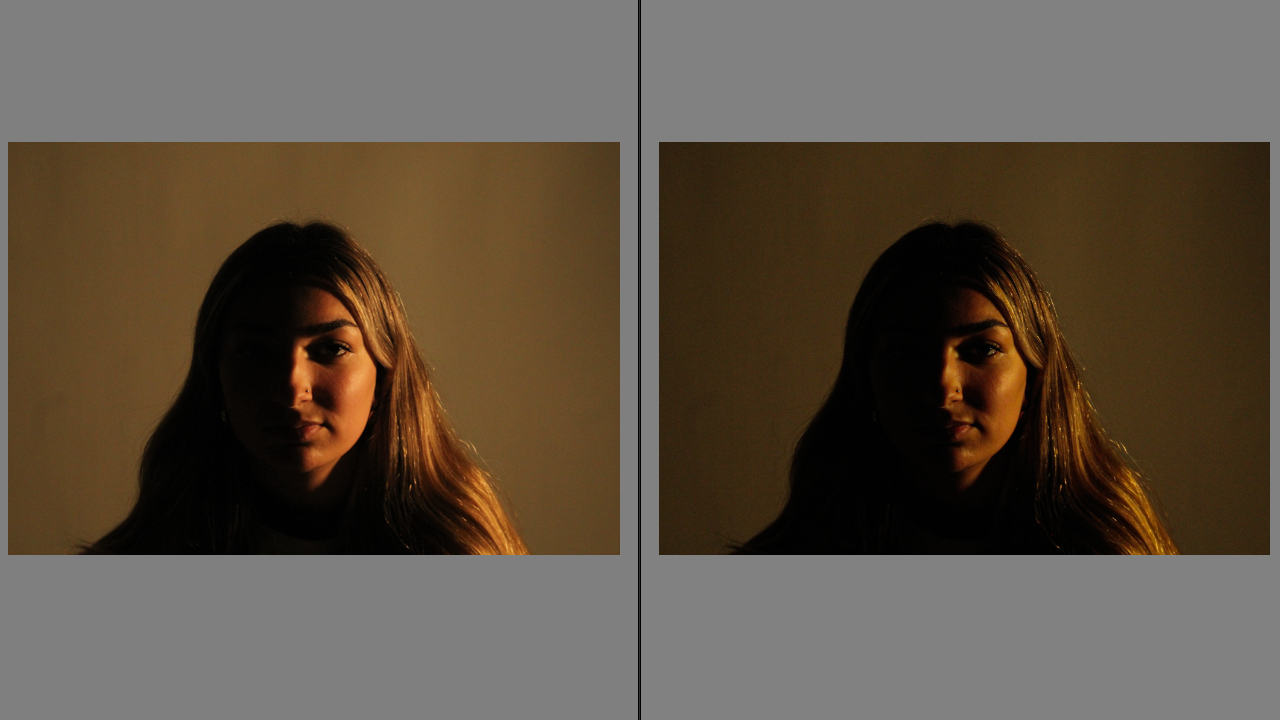
Diamond Cameo
On the left is an image created by me, while on the right is Henry Mullins, another photographers example of a diamond cameo. To create my Diamond cameo photo, I took 4 different portraits and loaded them into Adobe Photoshop, where I used the circle tool to paste the portraits into the circles. I then arranged them in this order to create an effective diamond cameo similar to Henry Mullins diamond cameo.
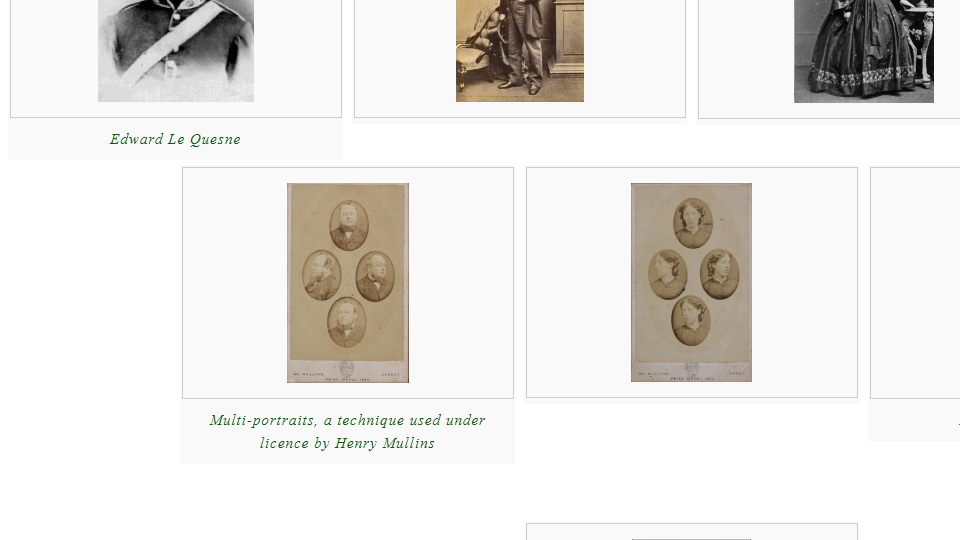
Henry Mullins set up a studio in jersey in 1848, known as the Royal Saloon, at 7 Royal Square. Initially he was in partnership with a Mr Millward, about whom very little is known. By the following year he was working alone and he continued to work out of the same studio for another 26 years. Henry Mullins called the Diamond Cameo technique Multi-Portraits, and it was used under licence by him in the 1800s in his studio in Jersey. Mullins used the Daguerrotype photography technique to create his portraits
Double/Multi Exposure
Some of the first double exposure photos emerged during the 1860s as another source of revenue for photographers. To give their business a boost, they discovered how to make a portrait subject appear twice in a frame, as if they had an identical twin. In each of the pictures, the person was striking a different pose. The double exposure technique has been used throughout the 20th and 21st century and has remained popular as a photography technique up until the modern day.
Historic examples of the double exposure technique
modern examples of the double exposure technique
These are two examples of a multi exposure photo effect which were created in photoshop, to mimic the exposure technique which photographers use. To create the effect, I placed the same image on top of the other and changed the opacity to 50%, and then slightly moved the image to the right to create the effect.
Juxtaposition
Juxtaposition is an act or technique of placing two elements or photos close together or side by side. This is often done in order to compare/contrast the two, to show similarities or differences of the photos. Juxtaposition is mostly used by photographers to add more interest to the viewers into their work. Juxtapositions can be used by photographers to show the contrast or difference of certain subjects such as, Rich Vs Poor, Healthy Vs Sick, Attractive Vs Ugly and Men Vs Women.

